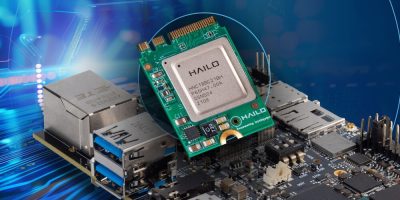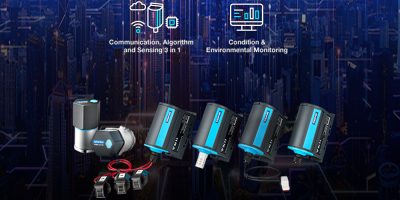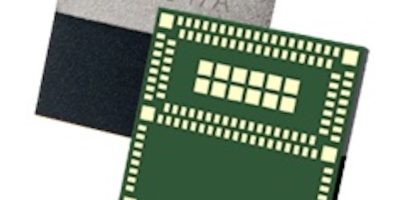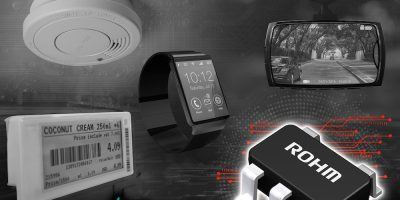IMDT and Hailo have announced a new partnership to integrate the Hailo-8 AI acceleration module into IMDT’s single board computer (SBC), a ready-to-use AI-powered vision system based on IMDT’s NXP iMX8M Plus SOM.
The IMDT imx8-E SBC is combined with the Hailo-8 AI processor which features up to 26 tera-operations per second (TOPS). It offers power efficiency and enables simultaneous processing of multi-streams and multi-models, and delivers a fully functional system with the NXP host processor capabilities and the full connectivity that the IMDT SBC delivers.
Specifically designed for real-time AI applications such as robotics, autonomous guided vehicles, smart cities, and security systems, the ready-to-use AI-powered vision system offers impressive performance in a cost-effective platform, comes in small form factor, and allows full customisation for camera sensors and communication ports.
“I’m very pleased that we are introducing another new high performance solution to the market. The new imx8-E SBC, integrated with the top-performing Hailo AI accelerator, delivers high performance for AI applications with incredible power efficiency at a low cost point,” says Avi Shimon, CEO of IMDT. “This new addition to our line of products is based on NXP’s iMX8M Plus. It’s also an addition to the variety of SOMs and SBCs we offer, based on different platforms such as Renesas, Qualcomm, and Inuitive. In an industry with a myriad of needs and use cases, we pride ourselves on the fact that all our platforms are flexible and may be customised according to our customers’ changing requirements and needs. Our partnership with Hailo only furthers our mission of innovation.”
“Hailo’s top performing AI accelerator in combination with IMDT systems will take cameras, high-performance AI applications, and full system connectivity to the next level,” says Yaron Ofer, Regional General Manager at Hailo. “The integrated platform will deliver high-end solutions for applications that require top performing AI computing such as robotics, smart cities, smart parking solutions, medical devices, and more. We are very pleased to be working with IMDT to bring the industry a solution that addresses fundamental connectivity and vision challenges.”
The embedded IMDT imx8-E SBC system is based on NXP’s i.MX 8M Plus SoC. The NXP i.MX 8M Plus family focuses on machine learning and vision, advanced multimedia, and industrial automation with high reliability. With high AI processing capacity, the imx-E SBC is built to meet the needs of smart homes, smart buildings, smart cities, and Industry 4.0 applications.







